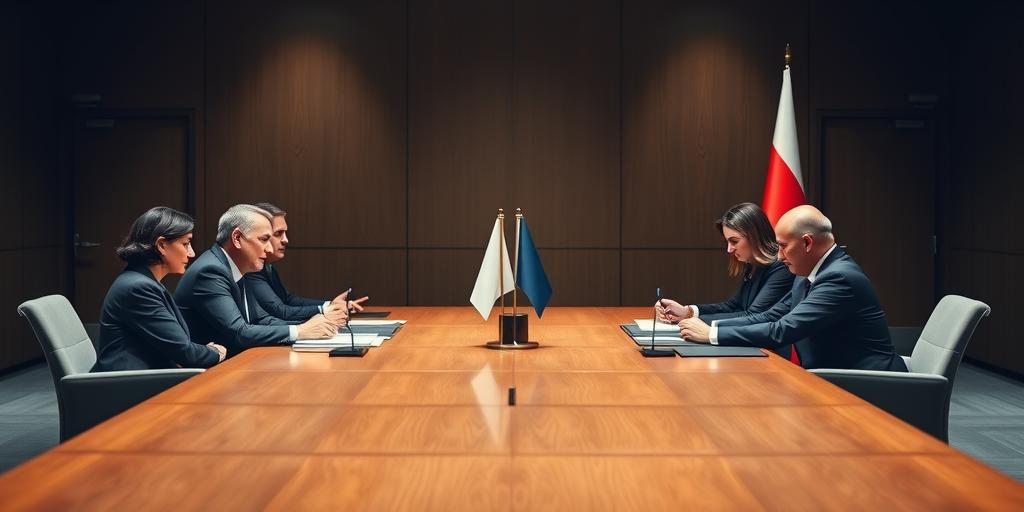Behind the Scenes of Major Diplomatic Negotiations
Diplomatic negotiations shape the course of international relations, influence global events, and resolve conflicts between nations. These high-stakes interactions are complex processes involving meticulous preparation, strategic maneuvering, and intense interpersonal dynamics. This article explores the key elements that occur behind the scenes of major diplomatic negotiations.
1. Pre-Negotiation Phase: Setting the Stage
Before formal talks begin, a crucial pre-negotiation phase lays the groundwork for potential success. This phase includes:
- Establishing Contact: Initial contact is made through diplomatic channels to gauge interest and willingness to negotiate.
- Defining the Agenda: Parties work to set the scope and objectives of the negotiation, identifying key issues for discussion.
- Building Relationships: Informal meetings and exchanges help build trust and rapport between negotiators.
- Information Gathering: Extensive research is conducted to understand the other party's position, interests, and constraints.
2. The Negotiating Table: Strategy and Tactics
Once negotiations commence, various strategies and tactics come into play:
- Opening Statements: Each party presents its initial position and desired outcomes.
- Bargaining and Concessions: Negotiators engage in a give-and-take process, offering concessions in exchange for progress on key issues.
- Deadlocks and Impasses: Disagreements may lead to stalemates, requiring creative solutions or third-party mediation.
- Drafting Agreements: As consensus emerges, legal experts draft formal agreements that capture the terms of the settlement.
3. Key Roles in Diplomatic Negotiations
Successful negotiations require a team of skilled professionals:
- Lead Negotiators: Senior diplomats or officials who represent their country's interests and make key decisions.
- Subject Matter Experts: Specialists in areas such as economics, law, or security who provide technical expertise.
- Interpreters and Translators: Language professionals who ensure accurate communication between parties.
- Support Staff: Administrative and logistical personnel who handle the behind-the-scenes operations.
4. Challenges and Obstacles
Diplomatic negotiations are fraught with challenges:
- Conflicting Interests: Parties may have fundamentally different goals and priorities.
- Domestic Constraints: Negotiators must balance international demands with domestic political considerations.
- Public Scrutiny: Media coverage and public opinion can influence the negotiation process.
- Trust Deficits: Historical grievances or lack of transparency can undermine trust between parties.
5. Post-Negotiation Phase: Implementation and Evaluation
After an agreement is reached, the focus shifts to:
- Ratification: Formal approval by governments or legislative bodies.
- Implementation: Putting the terms of the agreement into practice.
- Monitoring and Verification: Ensuring compliance and addressing any disputes that arise.
- Evaluation: Assessing the effectiveness of the agreement in achieving its intended objectives.
In conclusion, major diplomatic negotiations are intricate processes that demand careful planning, skilled execution, and a deep understanding of international relations. By examining the behind-the-scenes dynamics, we gain insight into how nations navigate complex challenges and strive to build a more peaceful and cooperative world.









